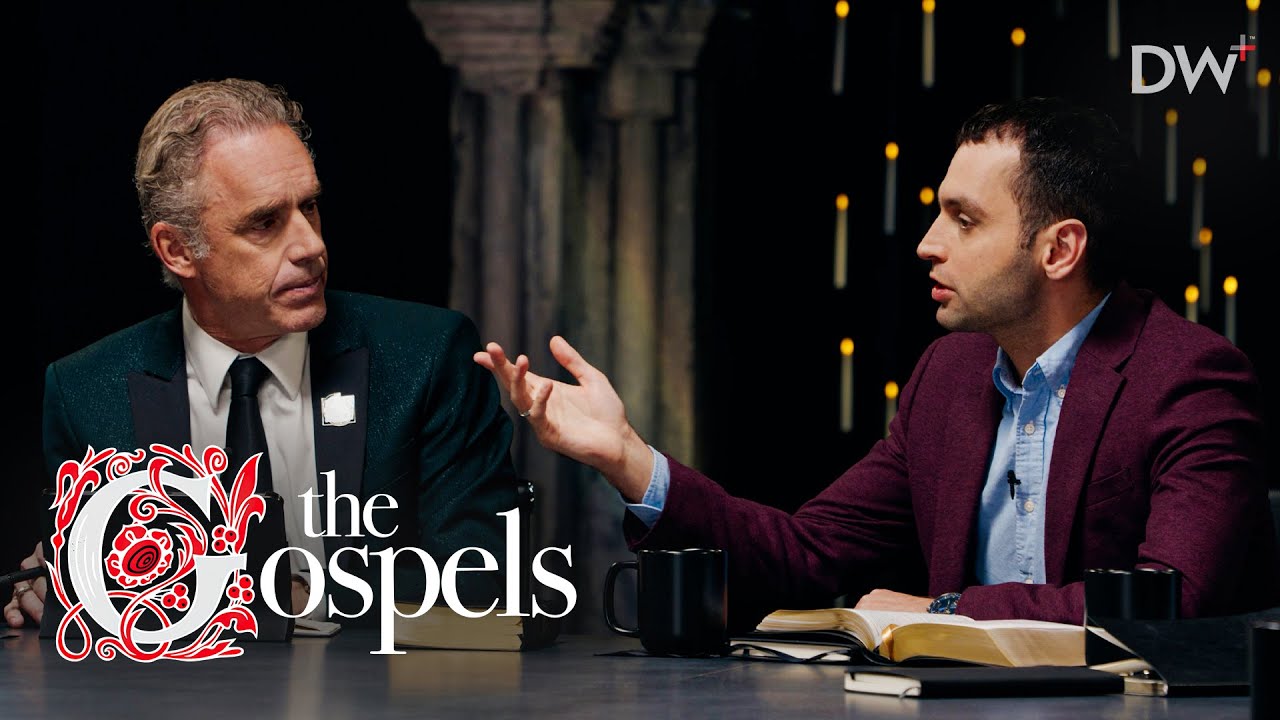The video explores the mob mentality that led to the crucifixion of Jesus, emphasizing the distinction between the actions of the mob and the Jewish people as a whole, while discussing the moral complexities and historical implications of scapegoating. It also reflects on the theological significance of Jesus’ suffering and the dual nature of mob behavior, which can result in both protection and persecution, urging a compassionate understanding of the narrative’s impact on Christian-Jewish relations.
The video discusses the complex dynamics surrounding the crucifixion of Jesus, particularly focusing on the role of the mob and the implications of their actions. The speaker emphasizes that it is crucial to differentiate between the mob mentality and the Jewish people as a whole. They argue that the mob’s actions were driven by a collective insanity, leading them to call for Jesus’ blood to be on them and their descendants, a statement that raises questions about moral responsibility and the consequences of mob behavior. The speaker suggests that this reflects a broader theme of how mobs can act irresponsibly, sacrificing not only themselves but also future generations.
The conversation also touches on the historical context of Christian anti-Semitism, highlighting the violence that occurred during events like the Crusades, where Christian mobs targeted Jewish communities. The speaker points out that while many Christians have historically perpetrated violence against Jews, there were also instances where Christians provided sanctuary to Jews, complicating the narrative of blame. This duality illustrates the chaotic nature of mob actions, which can lead to both protection and persecution, depending on the circumstances.
The discussion further delves into the theological implications of the mob’s actions and the portrayal of Jesus in the Gospels. The speaker reflects on how the mob’s demand for Jesus’ crucifixion aligns with the broader themes of sacrifice and redemption present in Christian theology. They argue that the mob’s actions should not be seen as representative of all Jews or Christians but rather as a manifestation of human nature when driven by fear and collective hysteria. This perspective invites viewers to consider the moral complexities of the narrative and the dangers of scapegoating.
As the video progresses, the speaker examines the symbolism of the crown of thorns placed on Jesus during his mockery by the soldiers. They interpret this crown as a representation of the consequences of the Fall, suggesting that it embodies the fragmented and violent nature of humanity. The speaker posits that Jesus, through his suffering, transforms this symbol of pain into one of glory, illustrating a profound theological message about redemption and the potential for beauty within brokenness.
In conclusion, the video encourages viewers to reflect on the historical and theological implications of the crucifixion narrative, urging a nuanced understanding of the roles played by individuals and groups. It emphasizes the importance of recognizing the mob mentality as a destructive force that can lead to tragic outcomes, while also acknowledging the complexities of faith, identity, and moral responsibility. The speaker advocates for a compassionate approach to these discussions, highlighting the need for truth and understanding in addressing the painful history between Christians and Jews.
